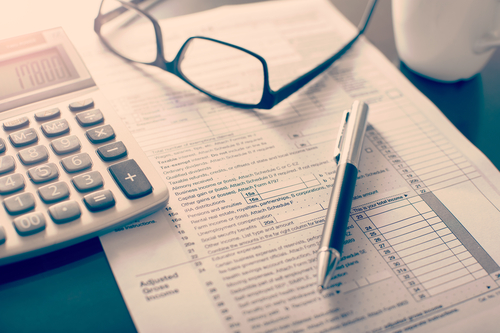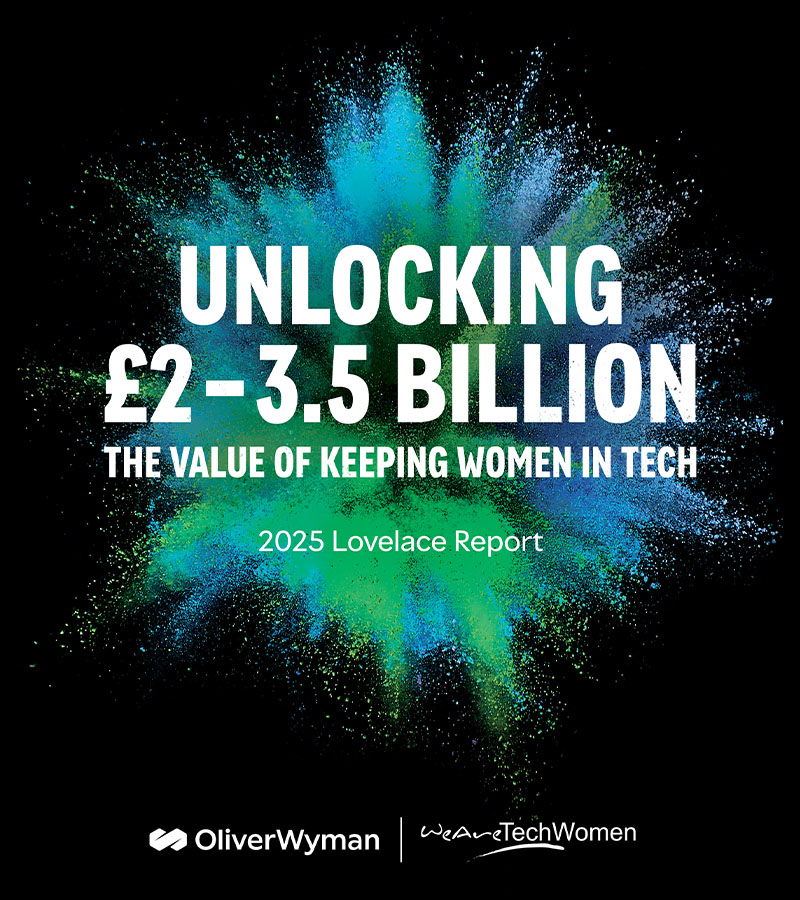By Mike Parkes, Technical Director, Gosimpletax

The number of self-employed females has grown considerably in the last few years and will continue to rise in 2020.
According to Statista, there has been an increase of more than 700,000 women who are self-employed since 2000.
Research by The Recruit Venture Group, a business that offers support and financial backing to recruiters who start their own company, found that 72% of women who have their own business said they are in their dream job. A further 60% said they’re much happier for having their own business compared to the 9% who’s dream job is working for somebody else.
However, There are many challenges which you’re faced with when you’re self-employed. It is no longer about just being an expert within your own industry, and you are quickly forced to establish a well-rounded business knowledge to stay afloat. If you fail to do this, it can be the difference between making self-employment work for you or your business failing at an early stage.
As the HMRC advertising campaign said “tax doesn’t have to be taxing” but the facts are that it can be and can certainly cause stress when juggling so many different elements of your business and working for yourself. The key is to make the self-assessment process as simple as possible. From knowing when the deadlines are to the right amount you need to set aside for your tax bill.
The secret to submitting your self-assessment tax return on time and correctly is to be extremely organised, ready for the impending deadlines (31 October for a paper submission and 31 January for the upcoming online return), and to be completely clear about what it is HMRC is looking for. Otherwise, the whole process can turn out to be both stressful and slightly overwhelming.
Think about it in six parts: do I need to submit a self-assessment? When do I need to fill it in by? When and how do I register? What sections apply to me? What expenses can I claim on? And, finally – the most important part – how do I pay my final tax bill? Address each one of these carefully and in plenty of time and the 31 January online deadline will come and go pain-free!
If the answer’s yes to filling out a self-assessment (for example, your self-employed income was more than £1,000 in 2018/19, or your taxable income from employment was over £100,000 during the same period), then you need to register for a self-assessment tax return via HMRC, which, in turn, will send you a Unique Taxpayer Reference (UTR) – a 10-digit number you’ll need to be able to submit your return. If you’re doing it online, then you’ll need to set up a Government Gateway account that will enable you to submit your return which can take 10 days to arrive– always paid in arrears for the tax and not the calendar year – and pay your bill by midnight on 31 January 2020. Whereas, if you use GoSimpleTax, you’ll only need a UTR.
When it comes to the form itself, the key is to have everything you need to hand and ensure you’ve been collating records (i.e. receipts and invoices) properly throughout the tax year. The kind of information you’ll need, includes: your UTR; your National Insurance number; information on untaxed income for the year; records of expenses relating to self-employment; and any charitable or pension contributions. There are two sections you’ll need to fill out – the main one is SA100, with other supplementary pages applying for different circumstances, such as being an employee, self-employed, landlord or a foreign national. The HMRC has useful help sheets throughout the form – simply click on the question mark for support to guide you through the process.
Once you’ve filled out the relevant parts and submitted your self-assessment tax return, you’ll then be told how much tax and, if you’re self-employed, the National Insurance contribution you’ll need to pay. There a variety of ways to pay by the 31 January deadline, including online/telephone banking, Clearing House Automated Payment System (CHAPS), or a debit/corporate credit card.
The entire process can seem complex but, take your time, use the option to fill it out in stages, save your changes and then go back to it, and ensure your house is in order throughout the tax year. Whatever you do, don’t leave it until 10pm on 31 January, as financial penalties can apply if you miss the midnight deadline.
If you’ve finally managed to bag your dream job as a freelancer, make sure happiness is your first priority. Ensure you use the resources, advice and technology available to make the more ‘tedious’ yet necessary tasks less demanding – so you leave more time to enjoy the parts of your role that you fell in love with.
 About the author
About the author
Mike has worked for HMRC and in practice for most of his 30 year career and has a detailed understanding of personal and small business taxation, bringing depth of knowledge to the product development process, driven by the users journey and maximising tax savings.








